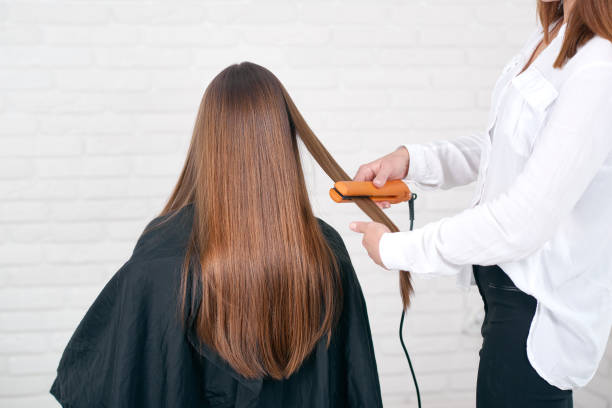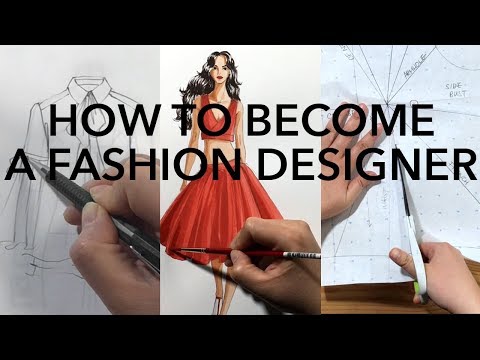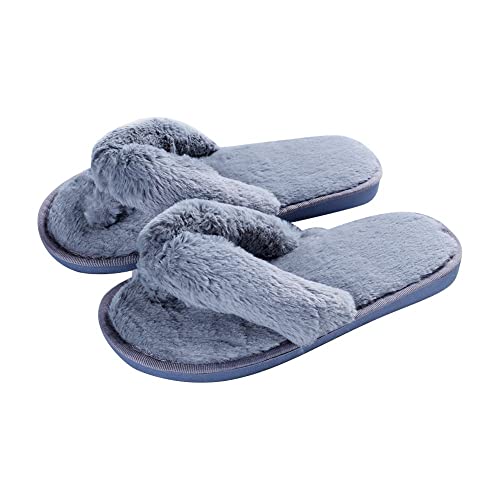From natural curls to sleek straightness, every woman has gone through the experience of wanting to switch up her hair style. But what if it was a lasting decision? Permanent hair straightening is an option with its own set of pros and cons. Let’s explore them together in this blog post!
Introduction
Permanent hair straightening, also known as thermal reconditioning, is an intense, chemical-based process designed to permanently straighten the hair. Using this method often results in a smooth, straight and glossy hairstyle that does not need styling or product for months – even up to a year – afterwards. While many individuals choose this treatment for its convenience, there are some risks associated with permanent hair straightening that should be taken into consideration before making the commitment. Understanding both the benefits and drawbacks of thermal reconditioning can help you determine if it is the right choice for you.
Overview of Permanent Hair Straightening
Permanent hair straightening (also known as thermal reconditioning) is a type of treatment which is typically used to achieve smooth, straight hair. It is popular amongst people with curly or wavy hair who want a more manageable style. This method actually rearranges the hairs’ proteins and makes them permanently straighter. It often involves using chemicals and heat processes to lock in the desired shape.
The treatment can be done at home or at a salon, depending on how experienced you are in chemical services and how complex your desired results may be. A professional hairstylist will often perform this process for you in order to ensure that it is done properly and safely. It is important to note that this process cannot be undone, so if you are unhappy with the results you may need to resort to more temporary options such as curling and setting solutions or temporary color treatments.
Before undergoing any drastic change in your hairstyle, it would be wise to consider both the pros and cons of permanent hair straightening so that you can make the best decision for yourself.
Benefits of Permanent Hair Straightening
Permanent hair straightening offers many benefits, mainly longer-lasting results than other hair straightening treatments. With permanent hair straightening, you can get sleek and shiny locks with minimal effort and breakage. Here are some of the top benefits of getting this treatment:
- Minimum maintenance: Permanent hair straightening cuts down on the time and effort needed to maintain the perfect look. The treatment removes curl and wave which can increase the longevity of your hairstyle without having to be redone every few weeks.
- No flat ironing: With permanent hair straightening, there is no need for flat irons and curling tools. The effects last for up to an entire year with proper maintenance, making it an ideal solution for those who want long-lasting sleekness without all the extra work that comes with it.
- Reduced Breakage: Permanent Hair Straightening encourages locks that are tougher against breakage because they don’t have to constantly be tortured with heating tools every day or week. This means your locks not only look beautiful but also reduce split ends and damage over time as well.
- Frizz Reduction: Frizz can be a major hassle especially when it is humid or rainy outside so permanent treatments help keep your style in check! Because you won’t need to use heating tools anymore, you don’t have to worry about the cringe-worthy fluff appearance from dryness or hot weather changes.
Disadvantages of Permanent Hair Straightening
Permanent hair straightening is a chemical process that can be damaging to hair’s natural health. Since the chemical must penetrate deep into each strand of hair, some strands may be over-processed and cannot be repaired. Additionally, once the process is complete, it will take months or even years for dead and damaged hair to regrow. Other risks include:
-The chemical process can dry out and damage your scalp, leading to discomfort and itching.
-It strips away your hair’s natural shine and luster.
-Hair products are needed to maintain the straightened look, adding extra cost to your styling routine.
-The chemicals used in permanent hair straightening can cause an allergic reaction on some people with sensitive scalps or skin allergies.
-It often takes several hours to achieve results, resulting in an uncomfortable setting while processing takes place.
-The treatment needs to be reapplied frequently because it wears off over time due to washing and other environmental factors.
Types of Permanent Hair Straightening
The types of permanent hair straightening vary depending on the look someone hopes to achieve and the type of their hair. Many hair professionals suggest doing a test strand before getting a full treatment in order to assess how one’s hair will respond.
The two types of permanent hair straightening are chemical relaxers, which reduce the amount of curliness in the hair, and thermal reconditioning, often called Japan Hair Straightening or Thermal Hair Straightening. Both involve manipulating the bonds within the hair shaft, reducing its natural curl and making it more manageable.
Chemical relaxers work by breaking apart some of these bonds so that when applied with a hot flat iron or blow-dryer post-treatment, one’s strands will remain straight for up to three months. Thermal reconditioning works by bonding new protein back into each strand with a softening agent to make it appear straighter for longer periods of time, up to ten months.
Cost of Permanent Hair Straightening
When considering permanent hair straightening, one of the primary factors is cost. Permanent hair straightening can be expensive depending on the treatment used and the length and texture of the hair being treated. On average, permanent hair straightening typically costs between $250 to $500 for a single treatment. In some cases, multiple treatments may be necessary to achieve the desired results. Some salons may offer discounts or package deals when multiple treatments are purchased at once.
It is important to factor in any additional costs that may incur over time, such as routine professional blowouts or touch-ups. Additionally, care should be taken when selecting a stylist as quality of service and materials vary widely between salons, and pricing will vary accordingly. It is recommended that you shop around to find the salon that best meets your expectations both in terms of results and budget before committing to a permanent hair straightening treatment.
Aftercare Tips for Permanent Hair Straightening
Once you have undergone permanent hair straightening, there are several aftercare steps that you can take to keep your hair healthy and looking great. It’s important to remember that aftercare is key when it comes to achieving the desired result, so follow these tips as closely as possible.
Shampoo and Condition: Wash your hair with a sulfate-free shampoo specifically made for chemically treated hair. Follow up with a deep conditioning treatment or mask containing proteins or proteins and fatty acids, as these will nourish your locks.
Heat Protection: If you plan on using hot styling tools such as curling irons, flat irons and rollers, be sure to use an appropriate heat-protecting product first. Heat protective serums are available at most beauty supply stores that help protect the integrity of your locks.
Avoid Chemicals: Permanent hair straightening can leave your hair vulnerable to damage from chemical treatments such as dyes and colorings. If you do decide to color or highlight your hair, get it done professionally—at a salon if possible—as DIY versions can cause extra damage.
Avoid Products Containing Alcohol: Hair products that contain alcohol can dry out freshly straightened tresses and lead to unwelcome frizz. Steer clear of hairspray, mousse and gels which contain any type of alcohol in order to keep your newly straightened ‘do safe from the elements!
Treat Yourself: Get regular trims at least every 8 weeks in order to avoid split ends and other issues caused by split strands working their way up the shafts of the hairs on your head. Regular trims also prevent further damage during brushing and styling sessions; it’s worth pennies saved in the end because less is more when it comes to taking care of chemically treated hair!
Conclusion
In conclusion, permanent hair straightening can be a great option for those looking to permanently straighten their hair without having to use heat or products daily. Permanent hair straightening treatments can give your locks a glossy, smooth and easy to manage look while eliminating frizz and 90% of your curls.
However, there are also potential risks that must be considered before committing to the process. Speak with a professional hairstylist before deciding if permanent hair straightening is right for you. They will help guide you through the process and provide advice on choosing the right product, level of intensity and aftercare plan best suited to your individual needs.





